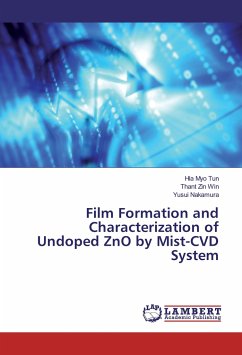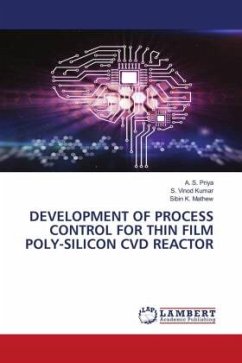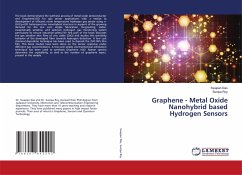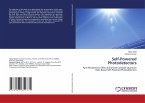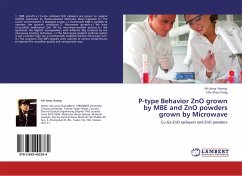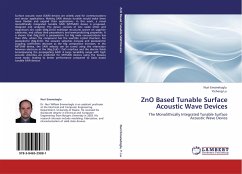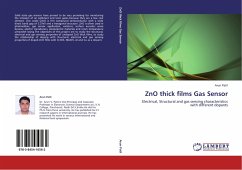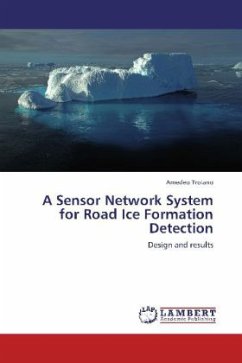LED technology initiates in the same art of engineering that gave us mobile phones, computers and all modern electronics equipment based on quantum phenomena. Extending semiconductor devices to new compounds has produced great benefits to human life, as exemplified by modern optoelectronic and high-speed electronic devices for communications attained by Zinc Oxide, Blue LED etc. Engineers use a blue LED to excite some kind of fluorescent chemical in the bulb. That converts the blue light to white light. To harvest these advantages in real devices, a reliable technique for fabricating p-type doping needs to be established. Zinc oxide has substantial advantages including large exciton binding energy, as demonstrated by efficient excitonic lasing on optical excitation.In this book, the optical properties of undoped Zinc Oxidewere observed by experimenting with various substrate temperatures with Mist Chemical Vapor Deposition (Mist-CVD) technique.
Bitte wählen Sie Ihr Anliegen aus.
Rechnungen
Retourenschein anfordern
Bestellstatus
Storno

